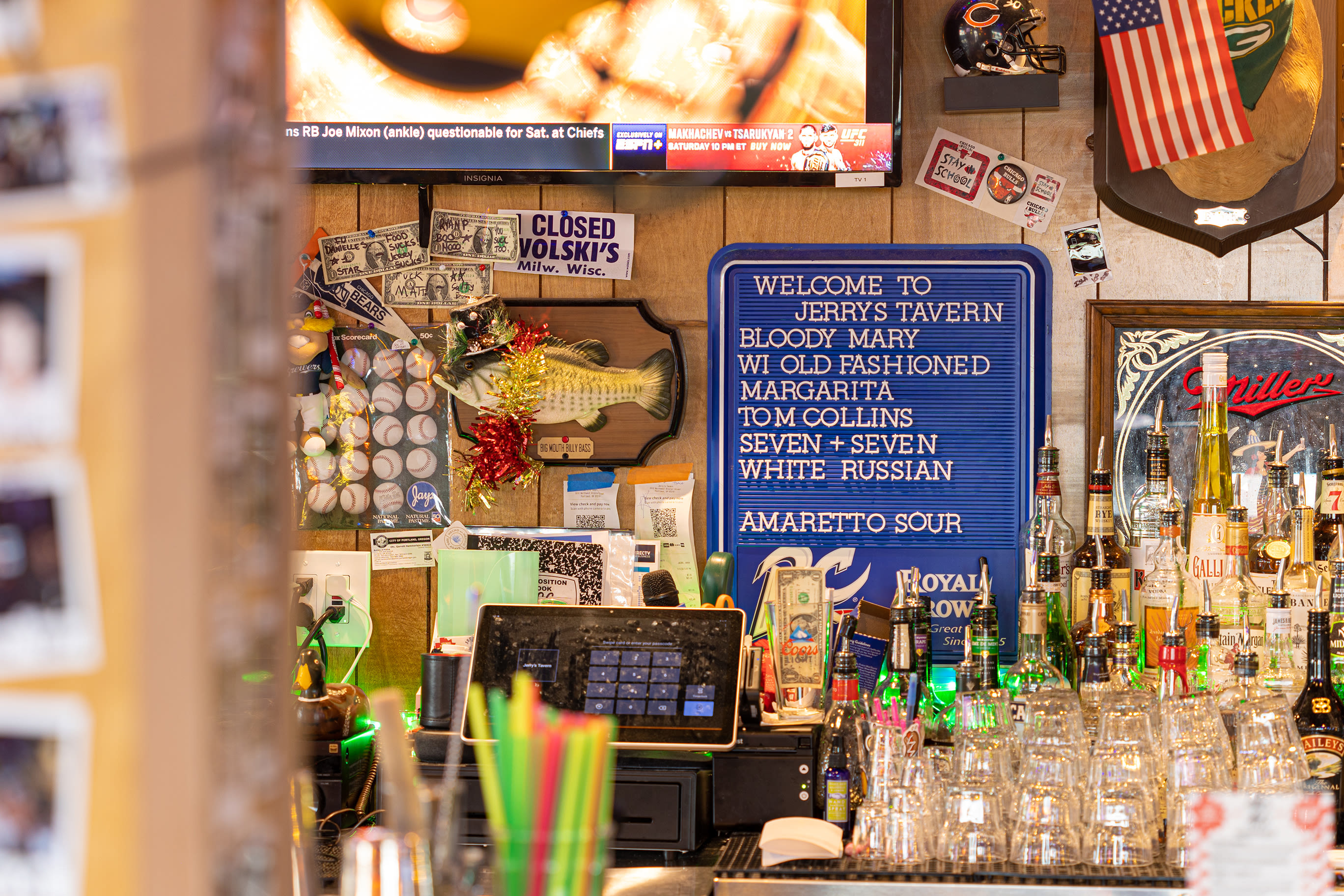Port Authority

Fonseca 20-year-old aged tawny port.
Over the years, we’ve come to associate port with girthsome, cigar-chomping old men lounging in leather chairs. But stoking your Cuban isn’t the only reason to imbibe of the sweet libation. Indeed, port can be an incredibly versatile elixir whose unique characteristics merit reconsidering, especially as winter blows in and we find ourselves fireside, swirling a glass.
Produced in the warm climates of northern Portugal from thick-skinned red grapes, port is made like no other dessert wine in the world. Port derives its sweet side from the addition of distilled grape spirits, such as brandy, that are blended with the wine to arrest fermentation. As a result, half the grape’s sugars, which would have turned into alcohol had fermentation continued, remain intact, giving port its sweet flavor. But because it’s bolstered with spirits, port boasts a higher alcohol content (about 20 percent) than most dessert wines.
When the glorious effects of aging are added to its sweet, ripe potency, port becomes even more alluring. “With port, the sum is greater than the parts, because the brandy integrates with the wine over time in the bottle,” says Craig Plainfield, chef and owner of local Indian restaurant Plainfield’s Mayur, which offers an extensive list of nearly 30 different ports, some dating back to 1890.
There are two main categories of aged port: tawny and ruby. Rubies are usually aged for a few years before bottling, resulting in a dark purple wine that tastes of fresh red fruits; tawnies, on the other hand, can be aged for decades, such that their color becomes translucent amber with a flavor that resembles dried fruits. While rubies should be sipped at room temperature, and are ideally suited to rich chocolate, pungent aged cheeses or fatty pâté—and yes, cigars—tawnies, while making a nice match for poultry or rabbit, are also highly quaffable as a chilled apéritif, one that thankfully is more sophisticated than stodgy.




